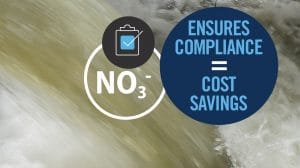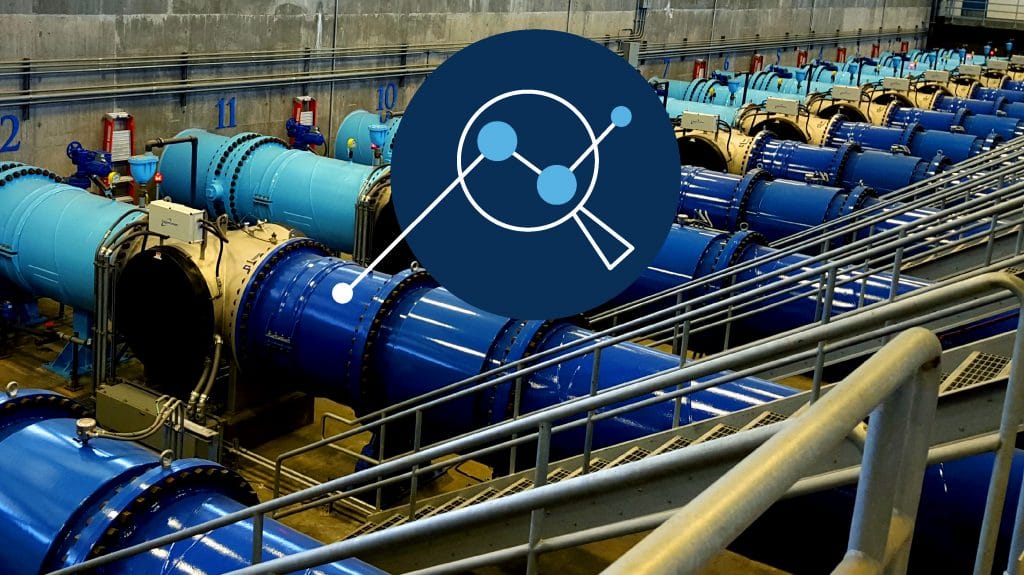 A water supplier in New York State uses the Real Tech Real Nitrate sensor to monitor finished water quality leaving the station to ensure compliance with drinking water standards for nitrate (NO3–) and provide feedback control to effectively blend multiple sources. The Real Nitrate sensor replaced an existing competitive instrument, saving the utility in capital costs and annual service fees in addition to maintenance time. The Real Nitrate sensors also provides greater accuracy and reliability, helping the operation staff produce high quality drinking water for their community.
A water supplier in New York State uses the Real Tech Real Nitrate sensor to monitor finished water quality leaving the station to ensure compliance with drinking water standards for nitrate (NO3–) and provide feedback control to effectively blend multiple sources. The Real Nitrate sensor replaced an existing competitive instrument, saving the utility in capital costs and annual service fees in addition to maintenance time. The Real Nitrate sensors also provides greater accuracy and reliability, helping the operation staff produce high quality drinking water for their community.
Background
A water utility in New York State that provides groundwater to residents from hundreds of wells in a rural area required real-time monitoring to ensure that nitrate levels are maintained in compliance with the drinking water regulations. Some of the wells in the region have high nitrate concentrations while others do not. The water utility manages this situation by blending waters from clean wells with nitrate contaminated wells to ensure that the finished product water has nitrate levels well below the regulatory limit of 10 mg/L NO3 as N.
Before the treated water is pumped into the distribution network, it is monitored for pH, residual chlorine and nitrates (Figure 1). Real-time monitoring is a much-needed decision-making tool for this utility as it provides the required water quality information within a minute and allows the utility to blend water from different wells efficiently without compromising the quality of the final product. In comparison, sending samples for nitrate analysis to a third-party laboratory would return results within days, which would curtail the flexibility the utility exercises in blending wells containing various concentrations of nitrates.
Low maintenance system with accurate and reliable measurements
Optical sensors are susceptible to fouling from minerals such as iron and manganese, which may be present in sufficiently high concentrations in the groundwater. Over time, the accuracy of the instrument is compromised unless there is regular cleaning. Real Tech’s sensors are complemented by an automatic cleaning system that takes care of mineral fouling without the need for manual work. Real Tech’s nitrate sensor maintained a steady baseline close to 0 mg/L and was able to accurately report nitrate events. Minimizing the need for labour and time intensive equipment maintenance provides significant cost savings in rural areas where groundwater pumping sites can be located up to a hundred miles apart.
________________________________________________________________________________________________________________________
RELATED POSTS
A GUIDE TO SOURCE WATER MONITORING
NITRATE MONITORING SIMPLIFIES MANAGEMENT
GO BACK TO BLOG
![]()


